Viridian Lukas Studio Oil Paint 37ml
High-quality, professional oil paint at a reasonable value!
- Lukas Studio Oil Paints are ideal for demanding artists and students.
- The oil colours contain only brilliant and valuable pigments with a high lightfastness in high concentration, for exceptional colour intensity and opacity.
- No colour has a lower lightfastness than 6- 7 on the international 8-step blue wool scale!
- Loaded with pigment, LUKAS Studio Oil Paints have exceptional covering power, and the high-quality linseed oil, sunflower oil, and beeswax binder make for even drying and a strong paint film.
- A dash (0,5-1,5%) of the finest bleached beeswax as one of the ingredients, gives the colour the famous buttery and short consistency and makes the colour-film less brittle for the restorer.
- The binders are pure vegetable linseed and sunflower oils of special quality.
- Free of toxic and caustic pigments.
- With a range of 48 vibrant colours all at the same price, Lukas Studio Oils are professional paint at an affordable cost, and are sure to become a staple in your studio!
- Dry to the touch in 2 to 4 days.
- Lukas Studio Oil Paints are available in 37ml tubes.
R100.00
Standard Shipping
High-quality, professional oil paint at a reasonable value!
- Lukas Studio Oil Paints are ideal for demanding artists and students.
- The oil colours contain only brilliant and valuable pigments with a high lightfastness in high concentration, for exceptional colour intensity and opacity.
- No colour has a lower lightfastness than 6- 7 on the international 8-step blue wool scale!
- Loaded with pigment, LUKAS Studio Oil Paints have exceptional covering power, and the high-quality linseed oil, sunflower oil, and beeswax binder make for even drying and a strong paint film.
- A dash (0,5-1,5%) of the finest bleached beeswax as one of the ingredients, gives the colour the famous buttery and short consistency and makes the colour-film less brittle for the restorer.
- The binders are pure vegetable linseed and sunflower oils of special quality.
- Free of toxic and caustic pigments.
- With a range of 48 vibrant colours all at the same price, Lukas Studio Oils are professional paint at an affordable cost, and are sure to become a staple in your studio!
- Dry to the touch in 2 to 4 days.
- Lukas Studio Oil Paints are available in 37ml tubes.
You may also like…
-

Mont Marte Signature Tabletop Box Easel Large
Standard Shipping
R899.00 Lock in the Loot -
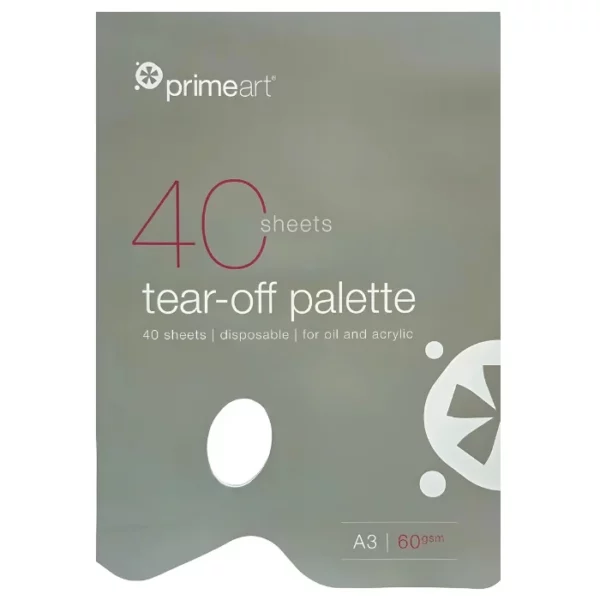
A3 Prime Art Tear Off Palette 60gsm
Standard Shipping
R110.00 -

Zellen Brush Cleaner 500ml
Standard Shipping
R135.00 -
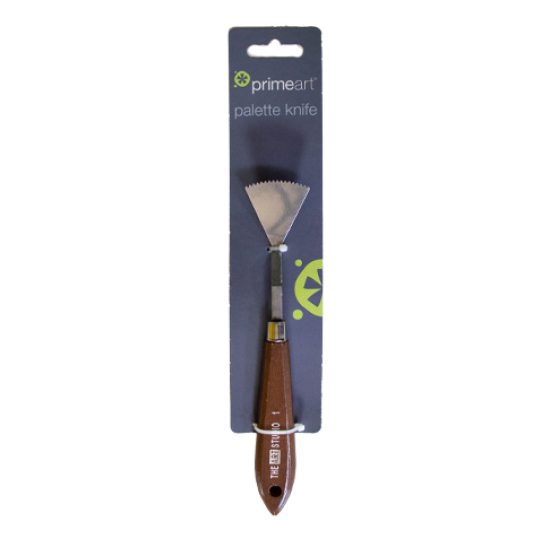
1 Prime Art Studio Palette Knife
Standard Shipping
R52.00 -

Winsor & Newton Liquin Original 250ml
Standard Shipping
R525.00
Lukas Studio Oil Paints cater to both demanding artists and students alike, offering a professional-grade option at an affordable cost. These oil colours boast brilliant and valuable pigments with a high lightfastness, ensuring exceptional colour intensity and opacity. Notably, no colour in the range has a lightfastness lower than 6-7 on the international 8-step blue wool scale. Loaded with pigment, these paints exhibit outstanding covering power, while the high-quality linseed oil, sunflower oil, and beeswax binder contribute to even drying and a robust paint film. A small percentage of the finest bleached beeswax imparts the characteristic buttery and short consistency, enhancing the color-film’s durability. The binders consist of pure vegetable linseed and sunflower oils of special quality, ensuring the absence of toxic and caustic pigments. With a vibrant range of 48 colours, all priced equally, Lukas Studio Oil Paints are a practical choice for any studio. They dry to the touch within 2 to 4 days and are conveniently available in 37ml tubes.
Oil Paint FAQ’s
What is the fat over lean rule?
Oils possess the flexibility of being extended with drying oils and thinned using solvents. Unlike acrylics and watercolours that dry as their water content evaporates, oil paint undergoes a distinct drying process.
The oil, in oil paint reacts with the air, leading to solidification through a gradual process known as oxidization. Simultaneously, the solvent in the paint evaporates, a relatively quick process. However, the oxidization process is notably slow and continuous. As oil paint oxidizes, it undergoes contraction. Applying a faster-drying medium over insufficiently dried oil paint may result in cracking (if anything that dries faster is put on top of not-sufficiently-dry oil paint it is likely to crack). This clarifies why oils can be painted over acrylics but not vice versa. It also emphasizes the importance of the “fat over lean” principle in oil painting – using paint with more oil over paint with less oil, which is more diluted with solvent. This ensures a proper drying sequence, as the higher oil content extends the drying time.
Are different Brands of Oil Paint intermixable?
All brands of oil colour are intermixable.
What is the difference between Professional Oil Colour and Student Quality Oil Colour?
Professional paints pack in as much pigment into the oil as possible. Pigments are ground to a precise particle size that optimizes the visual qualities of the colour, and then milled carefully into the drying oil binder. Occasionally the pigment to oil ratio is so great that the weight of the pigment sinks to the bottom of the tube, causing the binder and pigment to separate (this can be rectified by stirring the contents of the tube with a straightened paper clip). This allows the unique characteristics of the pigments to have a greater influence on the behaviour of the paint – properties such as sheen, transparency, tinting and staining capacity. These vary from colour to colour and contribute to the dynamism that can be achieved on your canvas. Professional paints comprise a greater number of single pigment colours; colours look purer, more luminous and are easier to create vibrant mixes with.
Student quality paints have less pigment in them in order to keep production costs down, and may have added fillers to make the paints more uniform in tinting strength, viscosity and covering power. Driers are often added to slow drying pigments so that all colours dry at the same rate – the differing drying times of colours in professional and artist ranges can be a surprise for painters that have upgraded from student paints. Combinations of less expensive pigments are sometimes blended to replace the most expensive single pigment colours (these have the word ‘hue’ in their colour name). Colours may appear more chalky than Professional colours, and the choice is sometimes more limited and conventional. However, the affordability of student grade paints make them a popular choice for painters who are new to oils as well as those who need to stick to a budget.
What Mediums do I need?
Today, the market offers an extensive variety of oil paint mediums, providing you with the chance to engage with paints tailored to your specific preferences. Here’s how you can customize your paint using oil mediums…
Painting Mediums to Alter the Viscosity of Oil Paint:
Modifying your paint with a medium can vastly change the handling properties of the paint. If we consider oil paint to have a buttery consistency lying somewhere in the middle between liquid and stiff, then by adding the right painting medium you can take your paint either way, towards very fluid or very thick.
Increasing Flow:
If more control is needed over your paint, for fine detail perhaps, then a medium that reduces the viscosity of oil paint, creating a controllable amount of flow, will facilitate this. This also makes it possible to produce flat, brushless areas because the paint will level out. Glaze mediums, alkyd mediums or oils will all do this, whilst introducing their own unique characteristics such as transparency in the case of the glaze medium, a hard enamel-like surface in the case of the alkyd medium and depth of colour in the case of an oil.
Increasing Body:
In contrast, if you want to retain brush marks in the paint or a painting knife is being used and a loose, impasto approach is desired, then you will want to thicken the paint. This is usually done by mixing it with a wax or gel medium. Gel and impasto mediums are produced in a variety of densities depending on the manufacturer. Heavy gels and stiff impasto mediums will produce dramatic, sharply defined painting knife ridges, whereas softer mediums will be easier to manipulate and the edges of your marks will be rounder and a little more subtle.
Painting Mediums to Alter the Surface Finish of Oil Paint:
All painting mediums irrespective of their purpose will alter the surface finish of your painting to some degree. Oil paint contains pigment, oil, sometimes driers and more often than not a filler called blanc fixe, so anything further that we add to this combination of materials, will inevitably change the appearance of the paint once it has dried.
So if you want to alter the consistency of paint realize that you will also be changing the surface sheen of the paint at least somewhat, and if you are trying to alter the surface sheen with a medium you will also be changing the viscosity, at least somewhat. These two characteristics cannot be fully separated and go hand in hand. The most you can do is choose which you will prioritise, depending on the modification you want to achieve.
Paint can be altered to have anywhere from a matt surface finish, through a range of satin sheens, to a high gloss finish. Painting mediums containing wax will invariably produce a satin or matt finish, as wax is a matting agent. High amounts of natural resin in a medium will almost always create a high gloss finish. Synthetic resins such as an alkyd can vary from a low satin sheen to a gloss sheen.
Painting Mediums to Alter the Drying Time of Oil Paint:
The drying times of oil paint vary by manufacturer, based on the formulation that they use. In artist-grade paints, each colour also dries at its own rate, as the amount of oil and pigment differs for each pigment. The drying time of an oil paint can be adjusted considerably – shortening the drying time to just a few hours or lengthening it to several months.
Fat Mediums are Slow-Drying.
High oil content in a medium will mean a longer drying time, allowing for a longer open period with more time to manipulate the paint. These types of mediums are considered ‘fat’, so if you are painting in layers then these are best used in the middle and the final stages to add depth to colour. Over-painting fat mediums with leaner, quicker drying paint mixtures should be avoided as the fat medium will slowly expand as it cures, pulling apart the leaner layer above that has already formed a hard film, causing cracking.
Lean Mediums are Fast-Drying.
If a longer open period is not desired and a quick-drying medium is needed, driers will often be used, along with high amounts of solvents and resin and low amounts of oils. Depending on the exact ratio, the ingredients used and the application, this type of medium could be touch dry overnight.
Siccative medium is added to oil paint, drop by drop with a pipette, to increase the rate of drying.
Lukas Oil Mediums and Solvents:
Lukas Picture Varnish Glossy
Lukas Retouching Varnish
Lukas Pure Balsam Turpentine
Lukas Bleached Linseed Oil
Lukas Medium 1 Underpainting
Lukas Medium 2 Wet on Wet
Lukas Medium 5 Painting Butter
Reviews
Only logged in customers who have purchased this product may leave a review.
High quality art supplies at the lowest prices!


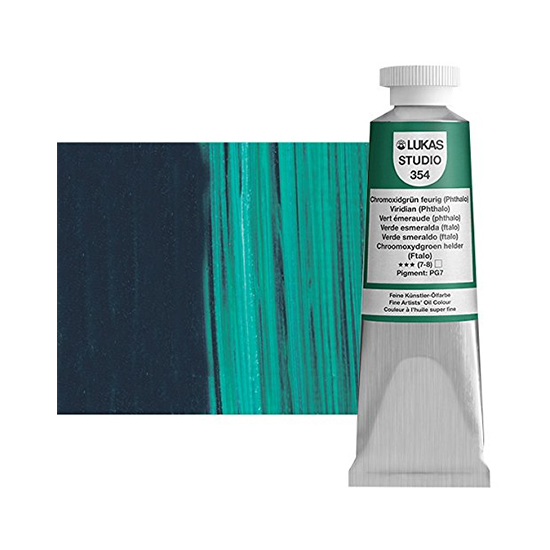


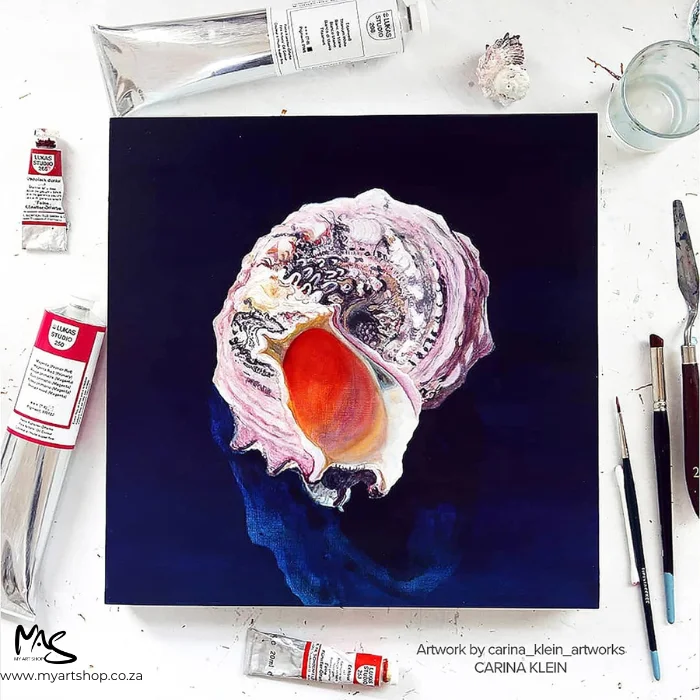
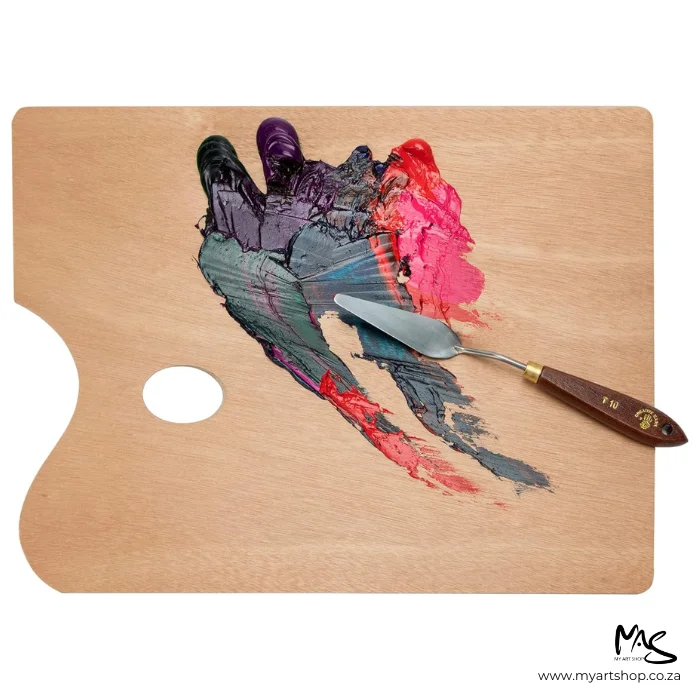
There are no reviews yet.